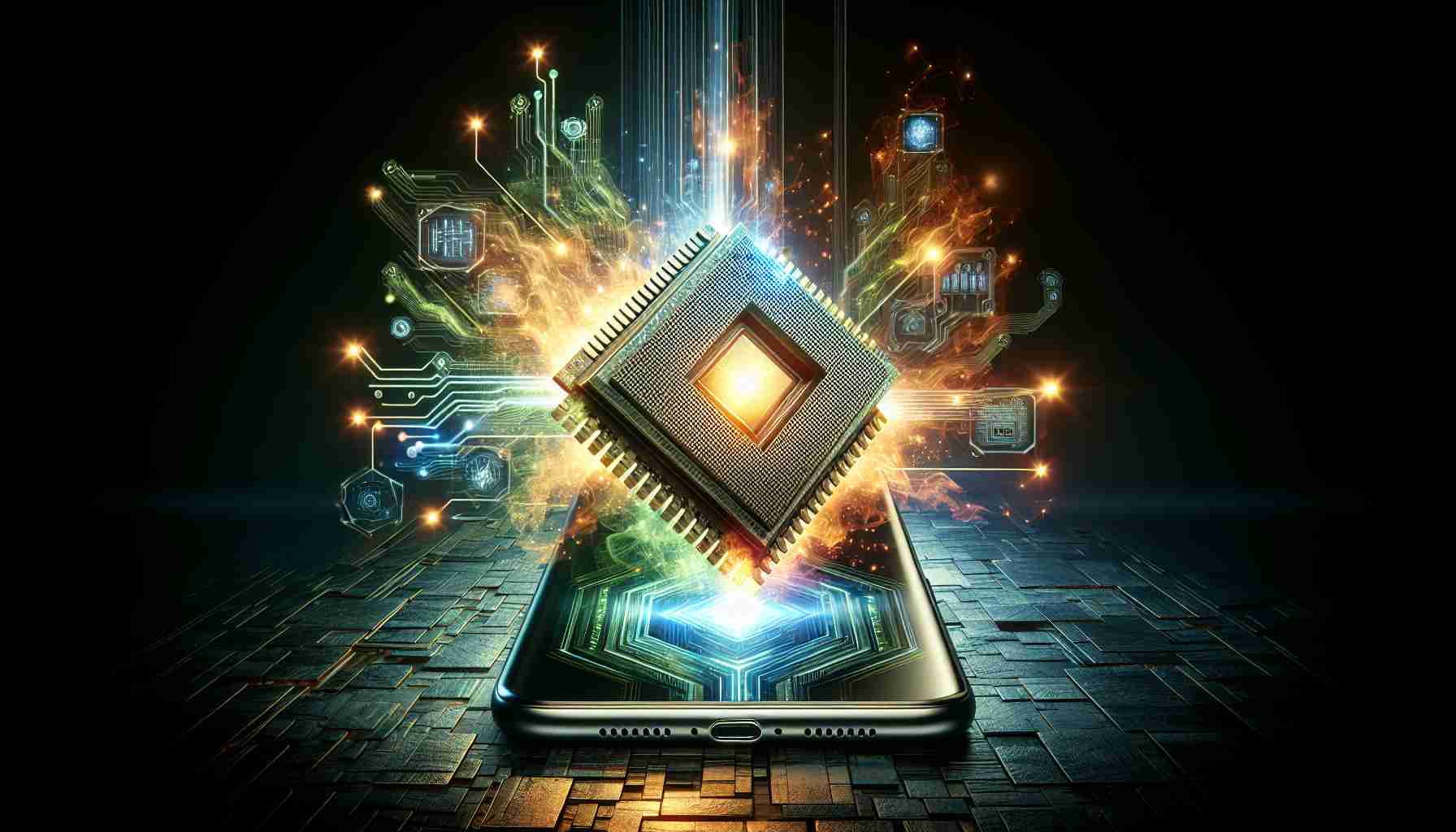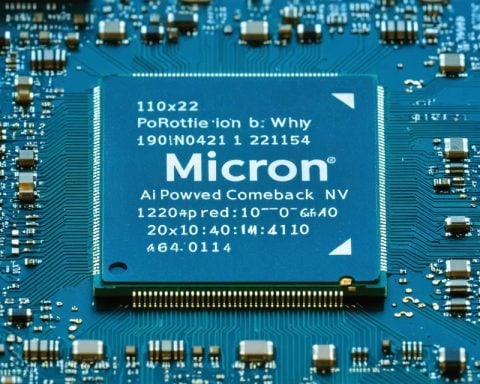In the ever-evolving realm of smartphone technology, one intriguing development is how NVIDIA’s innovations and strategies might dramatically influence future devices. While traditionally known for its powerful graphics processing units (GPUs) for gaming and professional applications, NVIDIA is increasingly looking to expand its footprint in the mobile sector.
NVIDIA’s advancements in artificial intelligence and machine learning have the potential to transform smartphones into even smarter companions. By integrating cutting-edge GPU architectures, NVIDIA aims to enhance apps and interactive experiences on mobile devices. The company’s strides in AI are particularly significant as demand for real-time processing and augmented reality applications continues to rise.
Furthermore, as 5G networks enhance data speeds and connectivity, NVIDIA’s edge computing solutions could synergize with smartphones to offer seamless, high-performance experiences. This will likely be vital in supporting the intensive computation required by upcoming applications, from complex cloud gaming to advanced remote work solutions.
Investors have taken notice of NVIDIA’s shifting focus, as the company aims to leverage its strengths in GPU design to capture a share of the mobile chipset market. As a result, the value of NVIDIA’s stock could reflect its potential impact on smartphone technology, presenting an attractive proposition for long-term growth.
The convergence of NVIDIA’s technological prowess and the evolving smartphone ecosystem suggests a promising future—one where our devices become even more integrated with our daily lives, offering capabilities we are just beginning to imagine.
Is Your Next Mobile Device Powered by NVIDIA? Here’s What That Could Mean
As NVIDIA continues to make waves in the tech world, the question arises: how will their innovations affect the smartphones we use day-to-day? While it’s clear that NVIDIA’s advancements in AI and expanding interest in the mobile sector are set to revolutionize our devices, there are other facets of this potential transformation worth exploring.
Could NVIDIA’s GPUs Make Your Smartphone a Gaming Powerhouse? Beyond AI, NVIDIA’s expertise in GPUs might bring console-quality gaming experiences to mobile. Imagine playing high-definition games on your phone with no lag or frame drops. This technological leap could redefine mobile gaming, attracting more gaming enthusiasts and perhaps even changing the market dynamics of dedicated handheld gaming devices.
Is Privacy at Risk? With greater processing power and AI capabilities often comes increased data handling. How will NVIDIA ensure that advancements don’t come at the expense of user privacy? Enhanced capabilities might mean more data captured, leading to privacy concerns. What steps will the industry take to safeguard personal information in an AI-integrated mobile future?
What About Global Connectivity? NVIDIA’s technology is not limited by geography, but how will regions with less developed infrastructure benefit from these innovations? Could this exacerbate the tech divide, or might NVIDIA’s mobile solutions aid in bridging it? Only time, and deployment strategies, will tell.
For further insights into NVIDIA’s influence and technological pursuits, you might want to visit the official NVIDIA website.
Ultimately, NVIDIA’s potential entry into the mobile sector holds both promise and challenges. While the advantages could redefine user experiences, the complexities of privacy, infrastructure, and market transitions invite further contemplation. How the world adapts to these changes will be a narrative worth following.























